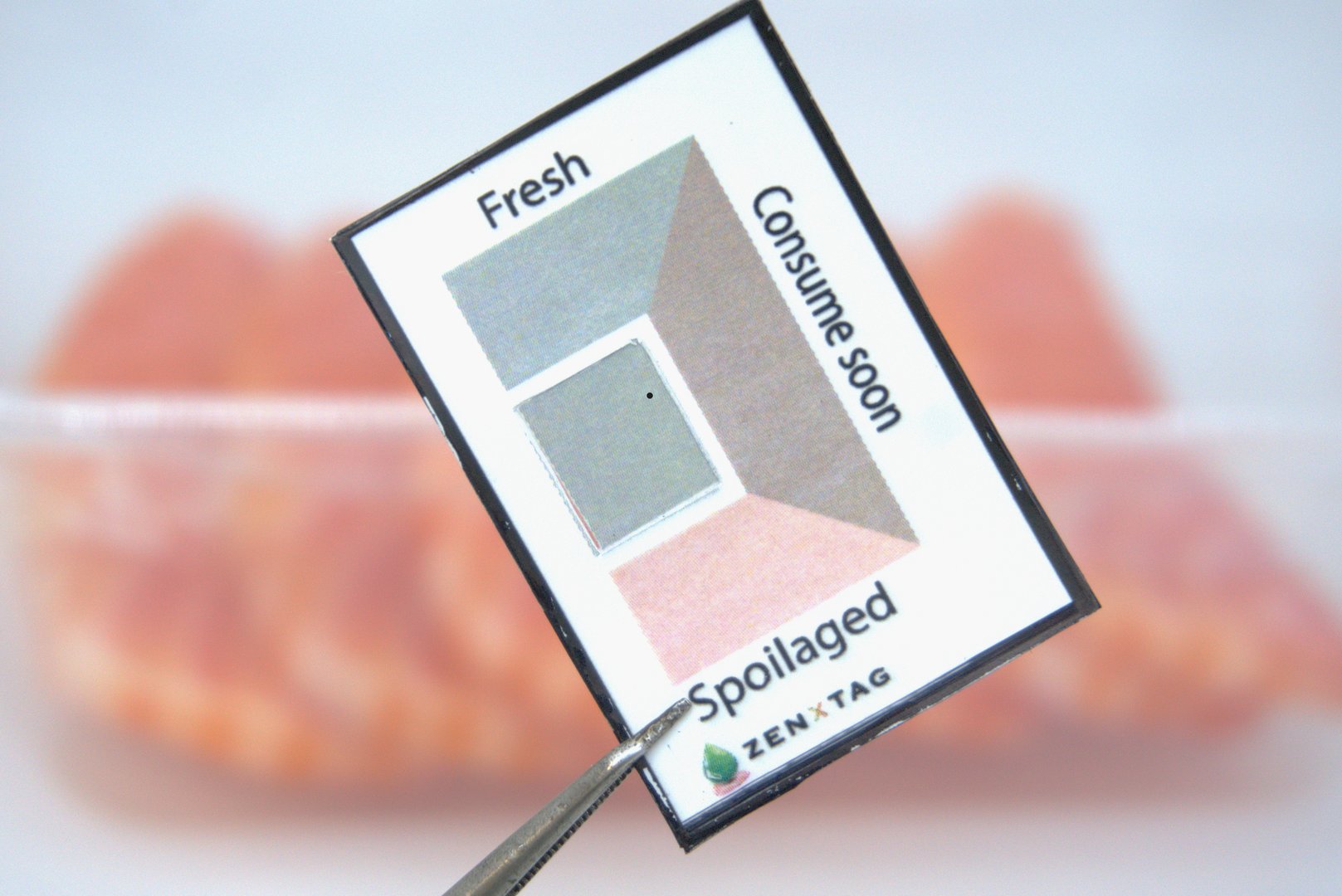Research Stories
Filter by category
Filter by year
Filter by year
- All Categories
- Alloys
- Analytical Chemistry
- Anti-Cancer
- Applied Physics
- Atomic, Molecular, and Optical Physics
- Chemical Biology
- Chemistry
- Clean Energy
- Condensed Matter
- DNA
- Energy
- Environmental Science or Biology
- Food Safety
- Kondo Cloud
- Materials
- Materials Chemistry
- Materials Science
- Mathematical Modelling
- Mathematics
- Nanomaterials
- Neural Networks
- Neutron Scattering
- Photosynthesis
- Photothermal Therapy
- Physics
- Quantum Materials
- Rankings
- Renewable Energy
- RNA
- Soft Matter & Biophysics
- Solar Cell
- Sound Wave
- Spectroscopy and Imaging
- Sustainability
- Theoretical and Computational Physics
- Transition Metal

Sharing insights on tackling the world's most challenging environmental issues was top of the agenda for researchers and partners from City University of Hong Kong at the Global Sustainable Development Summit (GSDC) 2025 in Istanbul, Türkiye, from 16 to 19 June.

A prestigious new programme titled “Fostering Innovation for Resilience and Sustainable Transformation” (FIRST) spearheaded by CityUHK has been officially endorsed by the United Nations Educational, Scientific and Cultural Organization (UNESCO). CSCI faculty members involved in this institutional initiative will play pivotal roles in the success of the FIRST Programme.

A new vortex electric field with the potential to enhance future electronic, magnetic and optical devices has been observed by researchers from City University of Hong Kong (CityUHK) and local partners.

A new fabrication technique for substantially enhancing the prospects of commercialising perovskite solar cells through improved stability, reliability, efficiency and affordability is underway at CityUHK.

A simple “smart food label” can accurately and instantly assess the freshness of food and determine if it has gone off. This helps reduce food waste and eliminate kitchen waste.

CityUHK research team addressed a challenge for scientists for over a decade with creative material science solutions. The team demonstrated an effective strategy to enhance the long-term stability of perovskite-organic tandem solar cells, which can be mass-produced at a speed comparable to newspaper printing, with a daily output of up to 1,000 solar panels.